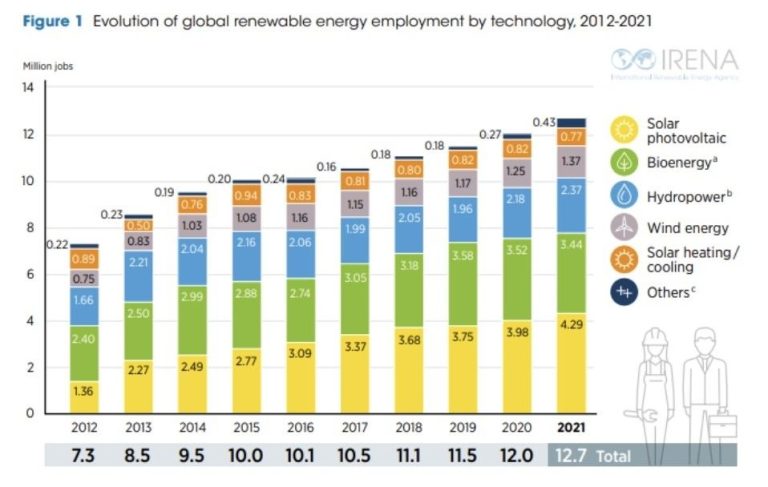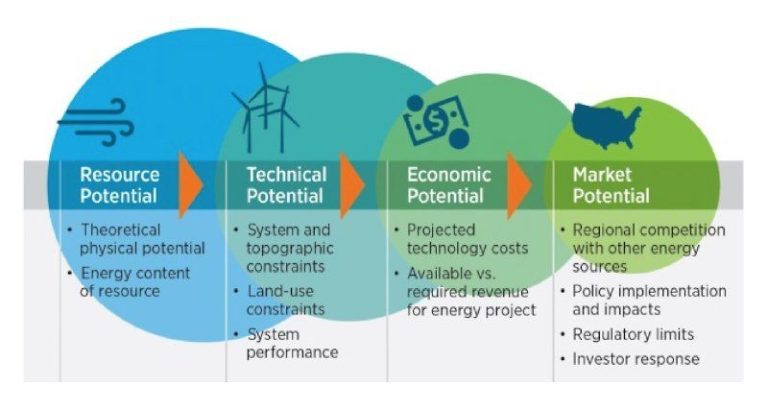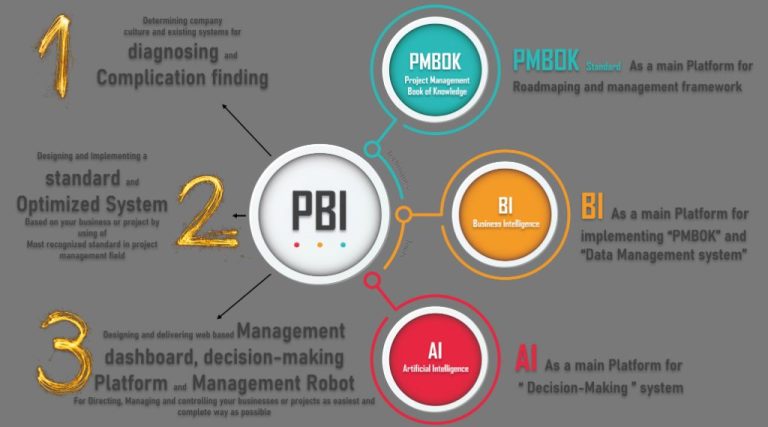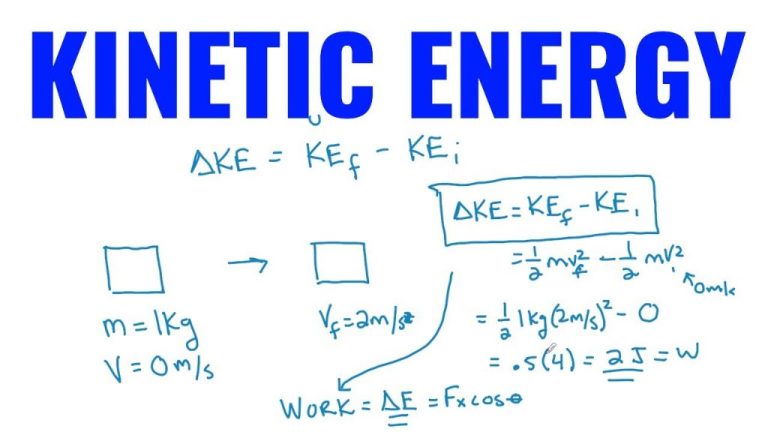How Many Jobs Could The Clean Energy Transition Create?
The clean energy transition refers to the shift from fossil fuels like coal, oil, and natural gas to renewable energy sources like solar, wind, hydropower, geothermal, and biomass. This transition is necessary to mitigate climate change and reduce greenhouse gas emissions. Understanding the employment opportunities created by the transition to clean energy is crucial, as fossil fuel industries have historically been major employers.
This article will examine current fossil fuel employment and projected declines as the energy system decarbonizes. It will then estimate potential job growth in renewable energy, clean transportation, building efficiency, manufacturing, and related sectors. The need for workforce training and transition programs will also be discussed, along with challenges and uncertainties around employment impacts. The goal is to analyze total potential job creation from the clean energy transition in order to understand this economic opportunity.
[Provide evidence of expertise such as background in energy policy analysis]
Current Employment in Fossil Fuels
According to the International Energy Agency, the fossil fuel industry employed around 11 million people worldwide in 2019 (Executive Summary – World Energy Employment – Analysis). This includes jobs directly in coal, oil and gas extraction, fuel processing, as well as indirect jobs in equipment manufacturing, construction, and other supporting industries.
The coal sector alone employed over 8 million people globally, with China accounting for over half of those jobs at around 4.5 million (Overview – World Energy Employment – Analysis). Oil and gas extraction and fuel refining employed around 2.4 million people worldwide as of 2019.
In the United States, fossil fuel extraction, processing, and equipment manufacturing accounted for around 908,000 jobs in 2021, down about 3% from 2020 (2022 us energy and employment report fact sheet). The majority of these jobs are in petroleum-related industries.
Projected Decline in Fossil Fuel Jobs
The fossil fuel industry is expected to face significant job losses in the coming decades due to automation and reduced demand. According to a report by Carbon Brief, the number of jobs in coal, oil and gas could fall by up to 1.5 million by 2030 and 3.7 million by 2050 in the United States alone. Automation in extraction and production processes is expected to account for a significant portion of these losses.
Even without new climate policies, market forces and technological changes are already leading to declines in fossil fuel employment. An analysis by the Department of Energy found that coal and petroleum fuel jobs fell by almost 12% in 2021 despite some growth in production and revenues (DOE 2022). This suggests automation and efficiencies are steadily reducing the labor intensity of the fossil fuel industry.
Potential Growth in Renewables
The renewable energy sector shows enormous potential for job growth in the coming years. According to the U.S. Department of Energy, the solar industry is projected to grow by 52% between 2020-2030, potentially adding over 250,000 jobs[1]. The wind industry could add another 35,000 jobs, growing by 68%[2]. Many of these new jobs will be in construction and installation, but there will also be openings for electricians, technicians, engineers, manufacturing workers, and more.
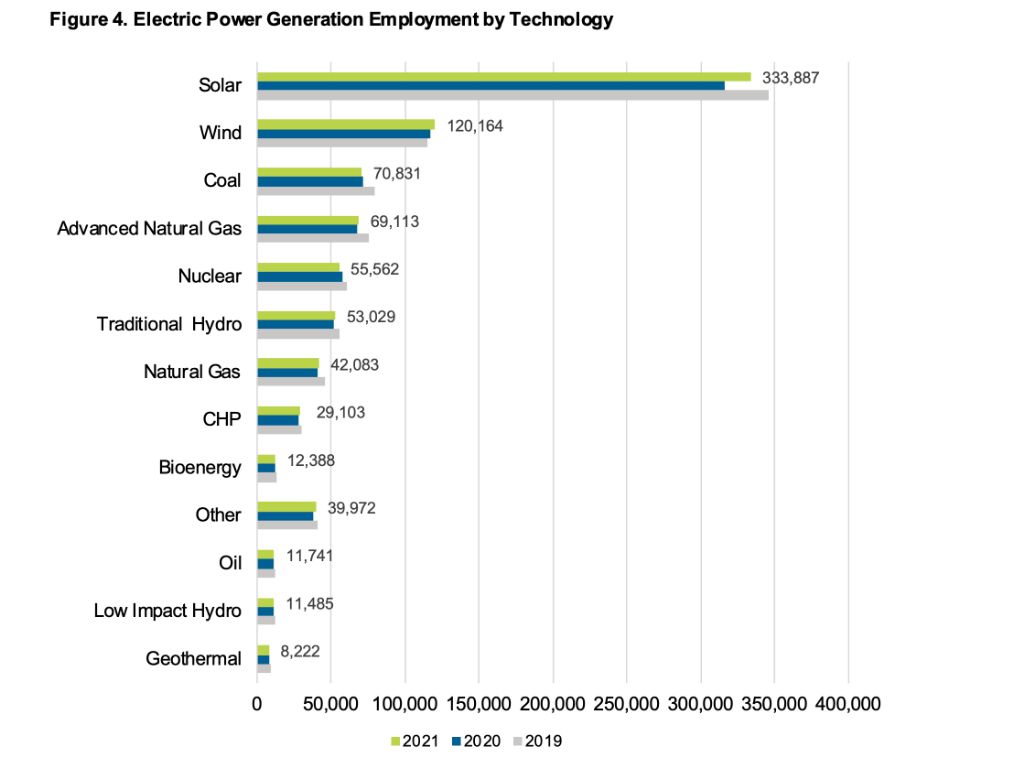
In addition to direct jobs in renewable energy, many indirect jobs are projected to be created. According to DOE estimates, every renewable energy job results in an additional 1.75 jobs[1] in supporting industries like transportation, professional services, and manufacturing. This multiplier effect means renewable energy job growth could reach over 1 million by 2030.
Other clean power sources like geothermal and hydroelectric are smaller job creators but still important. Geothermal employs over 8,000 Americans today, and could add up to 16,000 jobs by 2050 according to analysis by the Geothermal Resources Council[3]. There are over 65,000 hydropower jobs currently, which can expand through upgrades to existing infrastructure.
Employment in Clean Transportation
The shift to electric vehicles and public transit will require significant investments in charging infrastructure and transit extensions. According to research by The International Council on Clean Transportation, building out a national charging network to support electric vehicle adoption could create up to 100,000 jobs by 2030 (https://theicct.org/about/careers/). Many of these would be local electrician and construction jobs to install charging stations in homes, businesses, and along highways. Jobs will also be created to manufacture and maintain the charging equipment. Public transit extensions and improvements could also generate hundreds of thousands of new jobs. A study by the American Public Transportation Association found that every $1 billion invested in public transportation supports 36,000 jobs. With potential public transit investment in the trillions, this could create millions of construction, manufacturing, and operations jobs.
Building Efficiency Retrofits
Retrofitting existing buildings to improve energy efficiency is a major opportunity for job creation. Installing better insulation, replacing equipment like heating and cooling systems, upgrading to LED lighting, and other improvements require large numbers of construction and installation workers.
According to Indeed.com, there are over 8,000 open positions for building energy efficiency jobs in the US currently. The roles include HVAC technicians, electricians, construction workers, project managers, and more. As building retrofit projects expand in the coming years, the number of jobs could grow substantially.
Smart building technologies also present an opportunity. Installing sensors, automation systems, and energy management software creates jobs for electrical engineers, IT professionals, and installers. According to one estimate, smart buildings could become a $100 billion market by 2026, requiring an increasingly tech-savvy workforce to support the industry.
The Manufacturing Opportunity
The transition to renewable energy could bring enormous manufacturing opportunities within the United States. According to the U.S. Department of Energy, domestic manufacturing of clean energy technologies such as solar panels, wind turbines, batteries, and electric vehicles is a key pillar of the clean energy economy. While much renewable energy equipment is currently imported, investments in domestic manufacturing could create hundreds of thousands of stable, middle-class jobs.
For example, building out the domestic solar industry to meet the Biden administration’s goal of 100% clean electricity by 2035 is estimated to create up to 1.5 million new jobs, with over half in manufacturing and construction. The American Wind Energy Association predicts over 500,000 U.S. wind energy jobs by 2050. In contrast, employment in fossil fuel extraction and mining is projected to decline over the coming decades as coal, oil and gas use falls.
With targeted policies, tax incentives, and public investment, renewable energy manufacturing could become a major U.S. industry. Partnerships between government, industry and unions can support retooling, factory conversion, and workforce training to build the new clean energy economy here at home.
Training and Transition Programs
As the world transitions to clean energy, there will be a growing need to retrain workers from fossil fuel industries to work in renewable energy and other green jobs. According to the International Energy Agency, expanded education, training and certification will be needed to develop the skilled workforce necessary for the clean energy economy and ensure a just transition for affected workers (https://www.iea.org/news/programmes-to-prepare-workers-for-clean-energy-transitions-can-build-on-lessons-from-existing-schemes-new-iea-report-says).
There are already programs in place to facilitate this transition. Apprenticeships and vocational training can provide fossil fuel workers with the necessary skills for jobs installing solar panels, maintaining wind turbines, retrofitting buildings for energy efficiency, and more. For example, some unions and energy companies have partnered to offer training programs, financial assistance, and career counseling to help workers make the switch to renewables (https://www.powermag.com/training-fossil-fuel-workers-to-transition-to-renewables-industry/). The federal government also funds initiatives to retrain veterans for clean energy careers.
Scaling up retraining and transition programs will be crucial to ensure fossil fuel workers have viable employment opportunities in the new green economy. With proper support, their expertise can be transferred to building the clean energy future.
Challenges and Unknowns
There are still many uncertainties surrounding the potential job growth from the clean energy transition. Projections vary widely, depending on the pace of growth in renewables and declines in fossil fuels. The timeline is also uncertain, as political and economic factors could accelerate or delay progress. According to a 2022 report from Clean Power, the clean energy industry faces challenges meeting short-term labor demands, with projected shortfalls of hundreds of thousands of workers in the next 1-2 years.
The transition will also impact different regions and demographics unevenly. Renewable energy jobs tend to be concentrated in certain states, while fossil fuel job losses will disproportionately affect specific communities reliant on coal mining or oil and gas. Lower skilled workers are particularly vulnerable to displacement. There are also concerns about potential job quality, wages, and benefits in the growing renewable energy industry without proper policy support.
More study is needed to understand distributional impacts and effective transition policies. But uncertainty should not prevent action, as the clean energy transition presents a major opportunity to create quality jobs and rebuild economic opportunity in affected regions.
Conclusions
Overall, projections suggest that the transition to renewable energy and clean transportation could create millions of new jobs in the U.S., while ambitious efficiency retrofit programs could provide employment for many more. However, there will be significant job losses in fossil fuel sectors that could total hundreds of thousands or even over a million jobs lost by 2030.
Most analyses estimate that renewable energy jobs alone could increase to around 3-4 million by 2030, and potentially over 15 million by 2050. Meanwhile, jobs in fossil fuels could decline by over 250,000 by 2030 and up to 900,000 by 2050 in an ambitious transition scenario. Clean transportation like EVs and transit could add another 350,000 jobs by 2030. Building efficiency retrofits also have huge potential, with some estimates projecting over 7 million jobs created if all buildings were upgraded.
While the clean energy transition promises a net job gain, it is crucial that these shifts are well-managed through job training programs, regional development strategies, and support for dislocated fossil fuel workers. With proper policies, the transition can benefit workers and communities currently reliant on fossil fuels.

